On the Move
Forget the art of packing light, we explore the wonderful world of campaign furniture with antiques expert, Sean Clarke.


Campaign furniture has been around for centuries. Julius Caesar was partial to a little parquet flooring to pep up his tent, whilst Sir Colin Campbell travelled through India in the 1850s with over 18 miles of luggage to make him feel at home. For the British, campaign furniture was big business.
We chat to Sean Clarke, the UK’s leading specialist in military campaign furniture and travel related items, to learn more about these portable designs and how their influence has spread as far as Yurtel.
Take us back to the beginning. How did it all start?
Campaign furniture has been around for thousands of years. If you go to Italy you’ll see Roman x-frame stools called ‘ofa’ which are still being made today. However, it really took off with the British army in the 19th century. Initially it started with makers designing things to look like domestic equivalents but coming up with clever ways to make them fold or dismantle. These tended to follow the fashion of the day. But by the end of the 18th century and the Victorian era, there was a greater interest in metamorphic furniture in domestic settings, with cleverly engineered pieces that doubled up as a bed, card table or chest of drawers.
Not only was it a status symbol for an army officer – many of whom had bought their commissions, but it’s ingenious design and practical applications filtered down to the influential makers and genteel living rooms of Georgian and Victorian England.
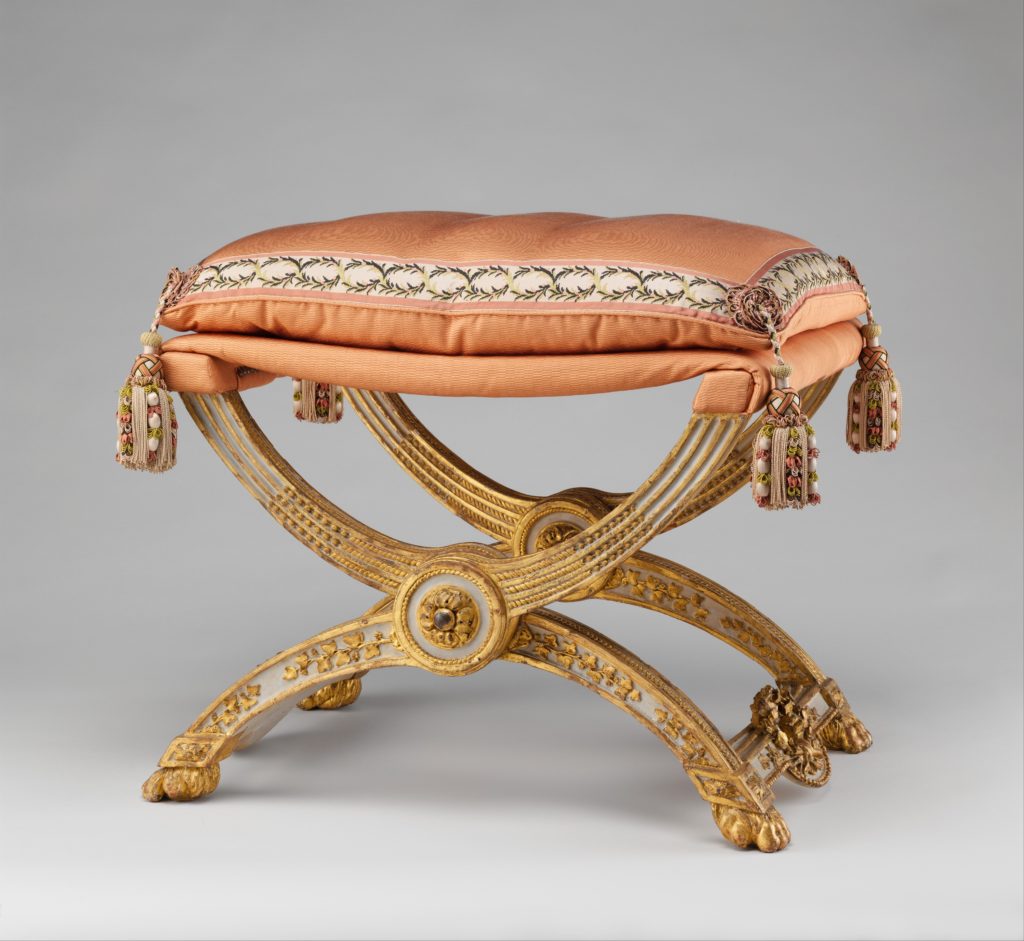
Why was it so popular with the British army?
For two reasons. Firstly, our empire expanded quicker than anyone else’s. From the Caribbean to India, more people were travelling, whether they were in the army, as administrators or colonisers looking for a better quality of life. Secondly, the British army officer took far more furniture than most other nationalities, certainly more than the French who were proud of their post-revolution backpacks. The UK with its system of buying and selling commissions meant a lot of officers had wealthy backgrounds and their social standing needed to be reflected in the grandeur of their luggage and retinue. They could afford the best and wanted lots of it.
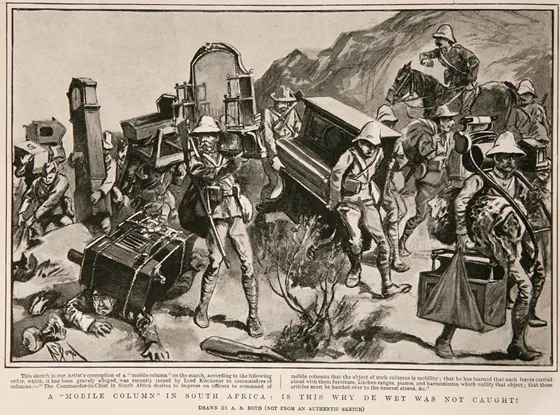
What are the characteristics of travel furniture?
Any furniture specifically made to break down or fold for ease of travel can be described as campaign furniture. The aim was that it could be packed up and carried on the march. Many pieces, such as the early campaign chests, can be split in two, have removable feet and use brass corners or strapwork to offer protection. Sturdier materials were often used, such as teak rather than oak to withstand the hotter temperatures, whilst extra care was taken to create thicker, stronger backboards or bases and some decorative elements like overhanging mouldings might be pared back.
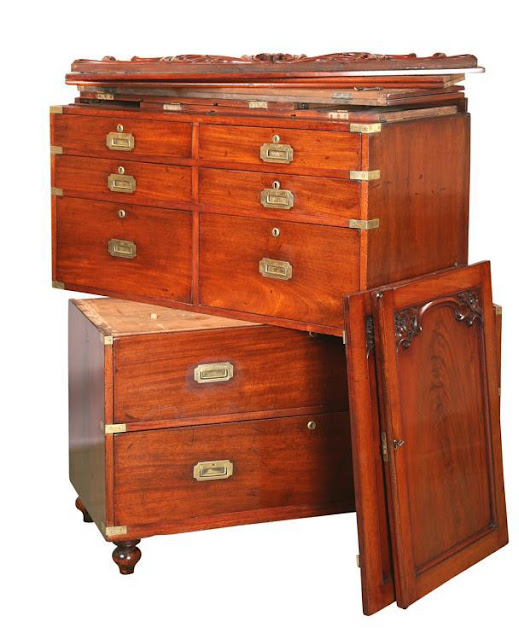
Who started making it?
A number of specialist campaign furniture makers were in business by the 1840s and 50s many of whom had originally been leather makers, so by the mid-19th century it was possible to buy a complete Barrack Room Outfit from several London firms. This would probably consist of a Douro chair with packing case that would convert to a table, a washstand that would pack down into a hip bath, a camp bed and a chest of drawers with packing cases that would form a wardrobe.
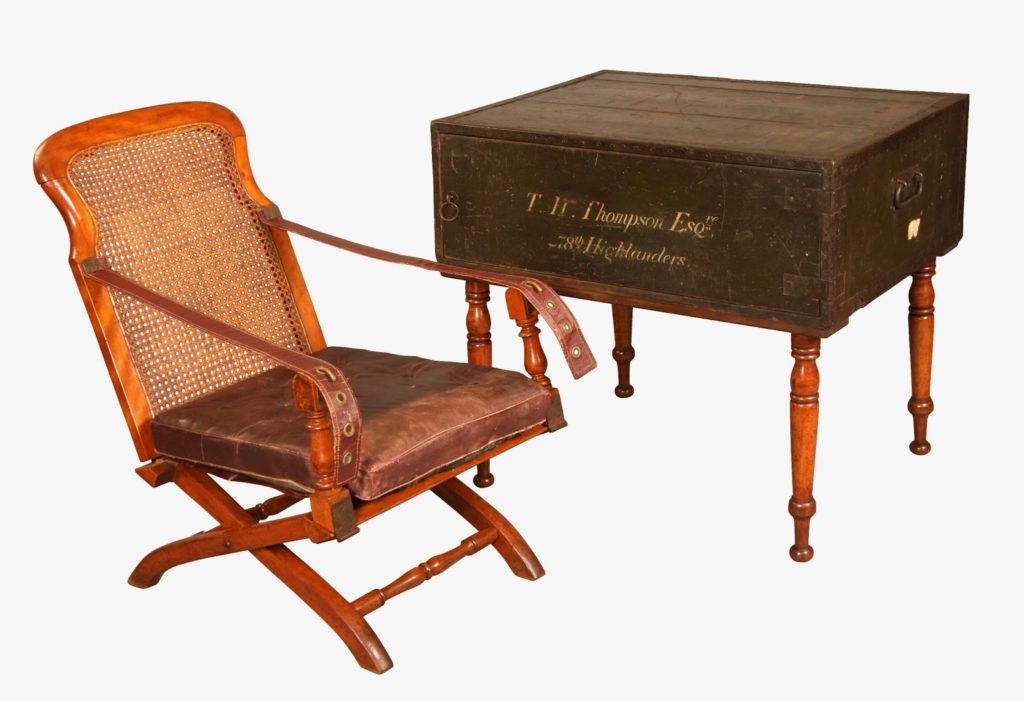
Ross & Co, a Dublin based maker were unusual in that their designs tended to follow the fashion of the day. Perhaps because they were removed from London or perhaps because they were close to one of the biggest, and therefore wealthiest, army barracks in Europe. They created a travel version of the popular Victorian balloon backed chair even though it was particularly susceptible to damage.
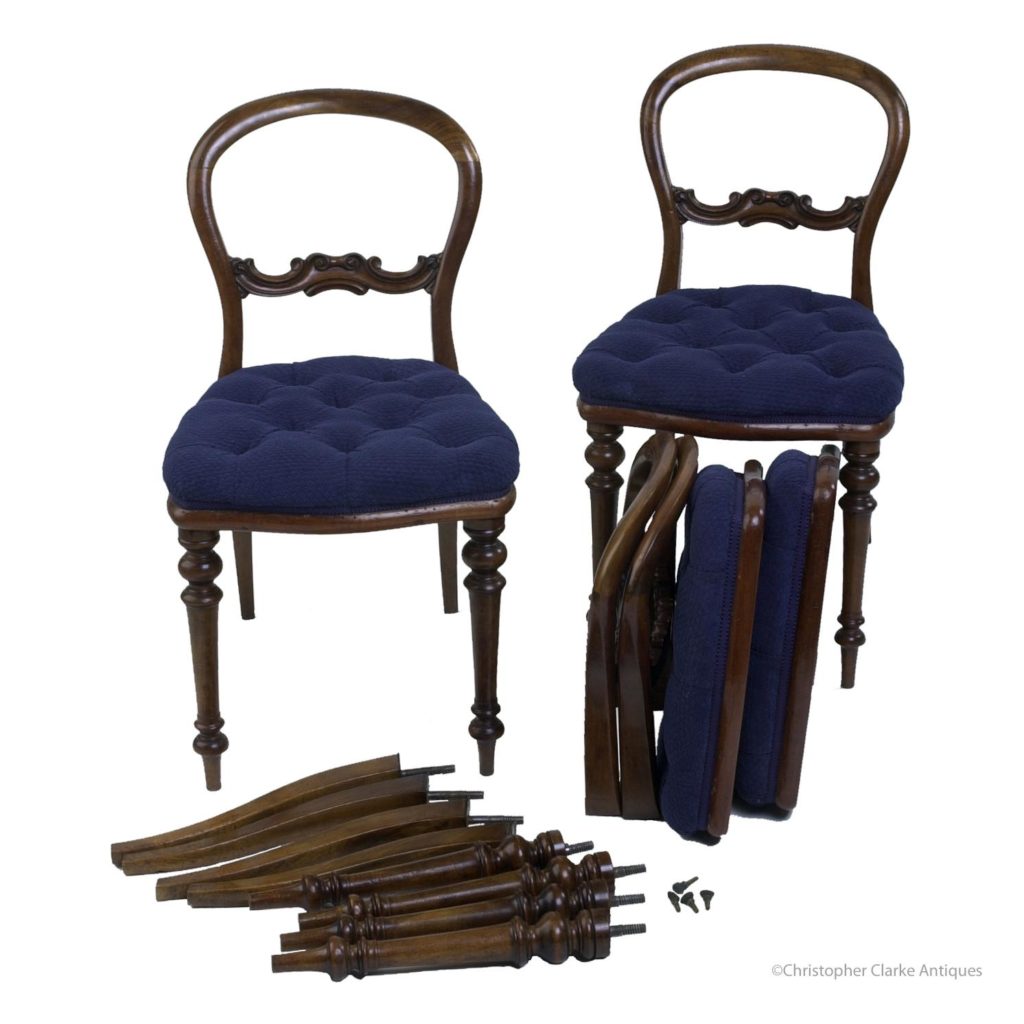
What were the most popular campaign furniture designs?
Chairs are an obvious one, many of which tended to be an x-frame with an easy folding movement, although some had legs that unscrewed with a footrest and back that would drop down to create a bed. An early 19th century chair-bed by the ‘grandfather’ of campaign furniture, Thomas Butler of Catherine Street, was hugely popular in the military and domestic markets. It was comfortable and wide, had a square mahogany back and sides to protect you from draughts and a seat that folded out to the length of a bed.
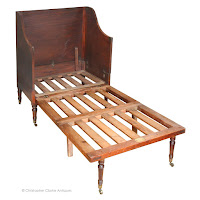
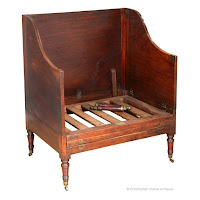
You could also screw posts into the top and front to create a four poster to fold drapes for warmth and mosquito nets for warmer climates.
Trunks and chests of drawers were also very practical for holding clothing, whilst dining tables and chairs, Escretoires (writing tables), easy chairs, sofa beds, book cabinets and wardrobes were much in demand in both the military and domestic markets.
Did they virtually take the kitchen sink?
Some of the luggage had a more immediate practical purpose. A trunk would carry three to four pairs of boots and for a campaign in India an officer would probably take around 25 pairs. They would bring vast reserves of pale ale or claret in case the water wasn’t drinkable, whilst their chef would be at the head of the train to ensure the meal was ready for the officer when they arrived.
How did it go from the campaign trail to the living room?
Campaign furniture as a style takes on a life of its own in the mid-19th century as more customers and makers become interested in the practicalities of travel rather than the fashion of the day. The Victorians start to go to town on design. Makers invent unusual and interesting pieces that offer a surprise in the ease with which they dismantle or the compactness of their storage. Tables are cleverly hinged to fold down into a box the size of a briefcase; chess board boxes would contain tripod legs and a telescopic column to convert into a table; chairs would neatly break down and convert into a sedan-chair.
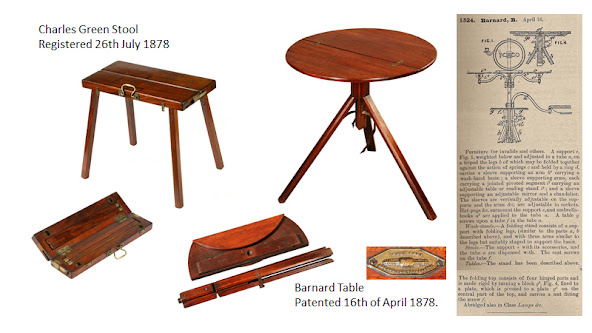
Who was buying it?
Furniture was still being made as a status symbol but it was becoming available to a wider market. The Army & Navy store was a cooperative society set up for retired members of the army, navy and civil servants, and was a one-stop-shop where you could buy the bacon for your breakfast or your travelling daybed. It was purposefully becoming more affordable.
Other stores creating competition were independents such as Harrods or inventors including Thornhill of Bond Street. One of their designers, Albert Barker, produced a card table that folded down to become a wooden briefcase. The surprise of it is just as exciting today and it became hugely popular for a growing audience going to sporting events, picnics or drinks. Other adaptations came about as transport changed. With train travel becoming more popular, game boards were made in leather travel cases that hinged to unfold to a size wide enough for two travellers to sit opposite each other in a carriage and play cards.
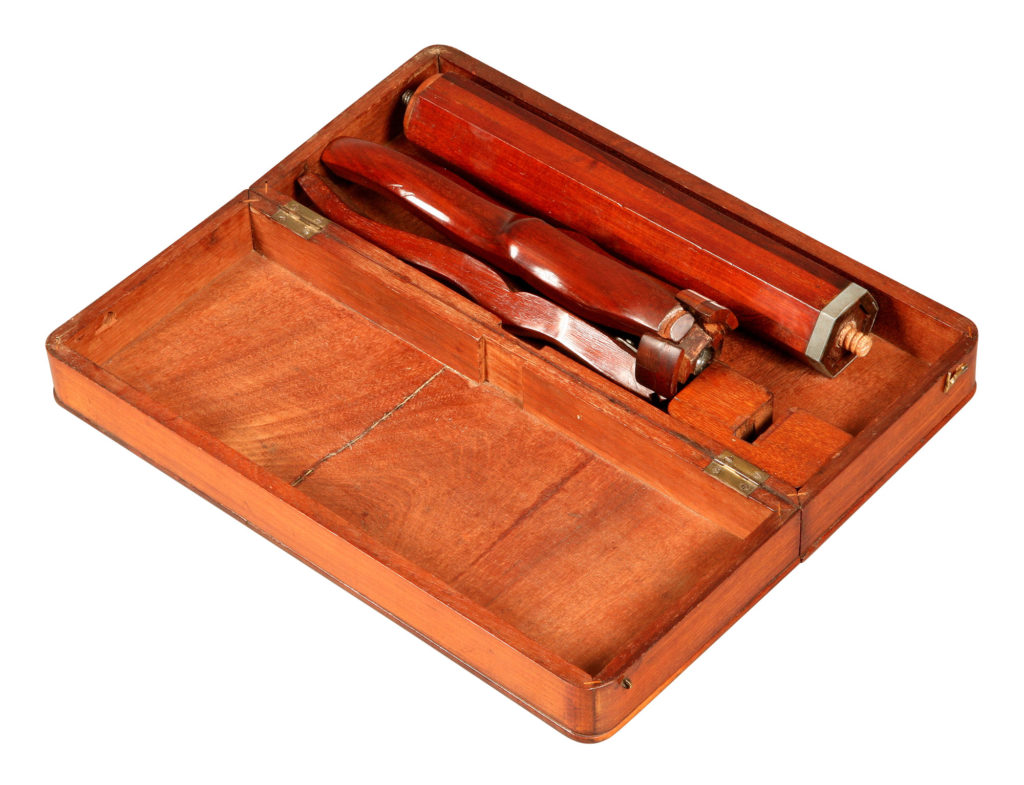
What other designs became popular at home?
The Ilkley couch was a hugely successful design. It even got a celebrity endorsement from the Prince of Wales. The day bed consisted of three sections each on a ratchet to cater for a bad leg, bad back or simply as a sun lounger. Versatile and practical, these fold out beds were as popular in the army as they were at home, either as a useful invalid couch or the first example of a reclining seat for relaxing at home in conservatories and gardens.
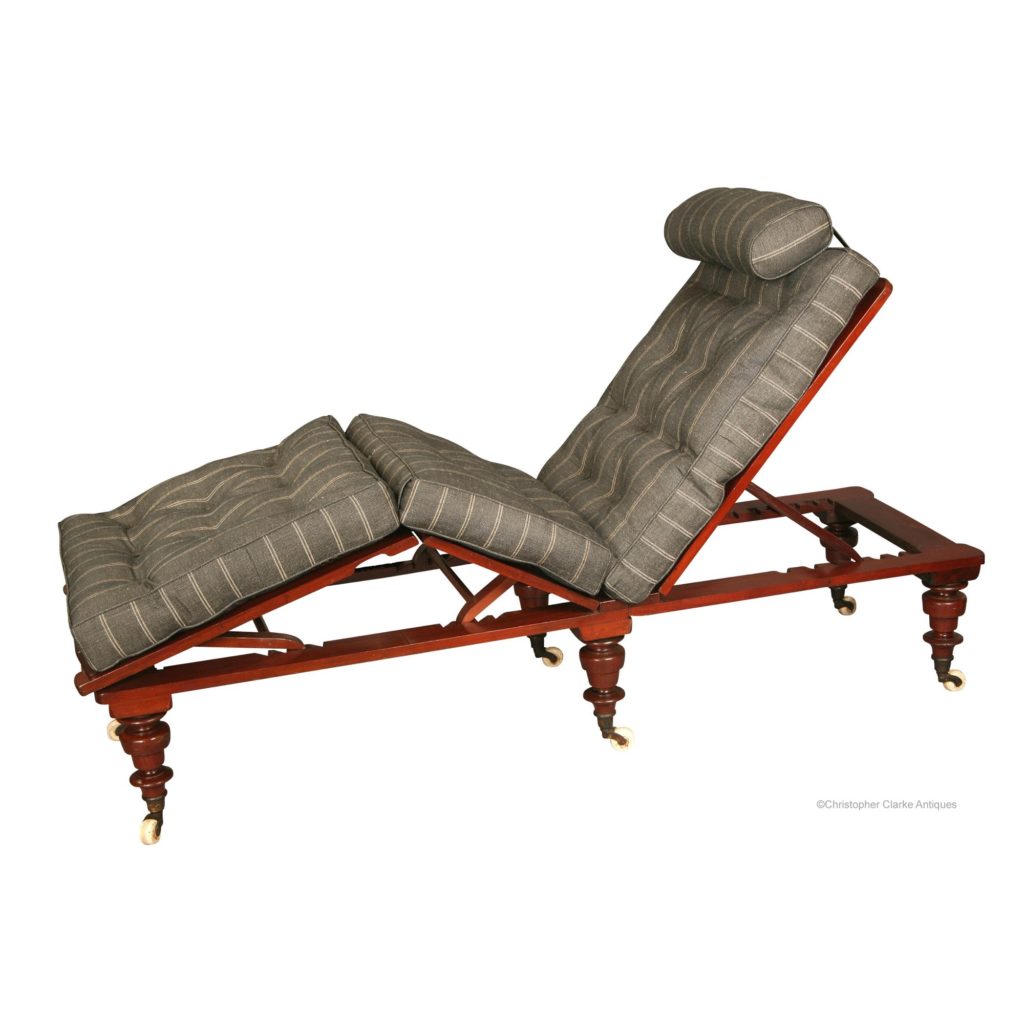
What are your favourite examples of campaign furniture?
I like some of the smaller gadgets such as the door wedges used by domestic travellers who regularly stayed in inns. The doors weren’t very secure so it was not uncommon for people to sneak in and try and steal your belongings. This little brass and wood wedge was put underneath the inside of the door and it’s two teeth would bite into the wooden floorboards stopping an outsider from pushing the door open. Some of them even took it a stage further by incorporating a clockwork bell, like a little alarm bell.
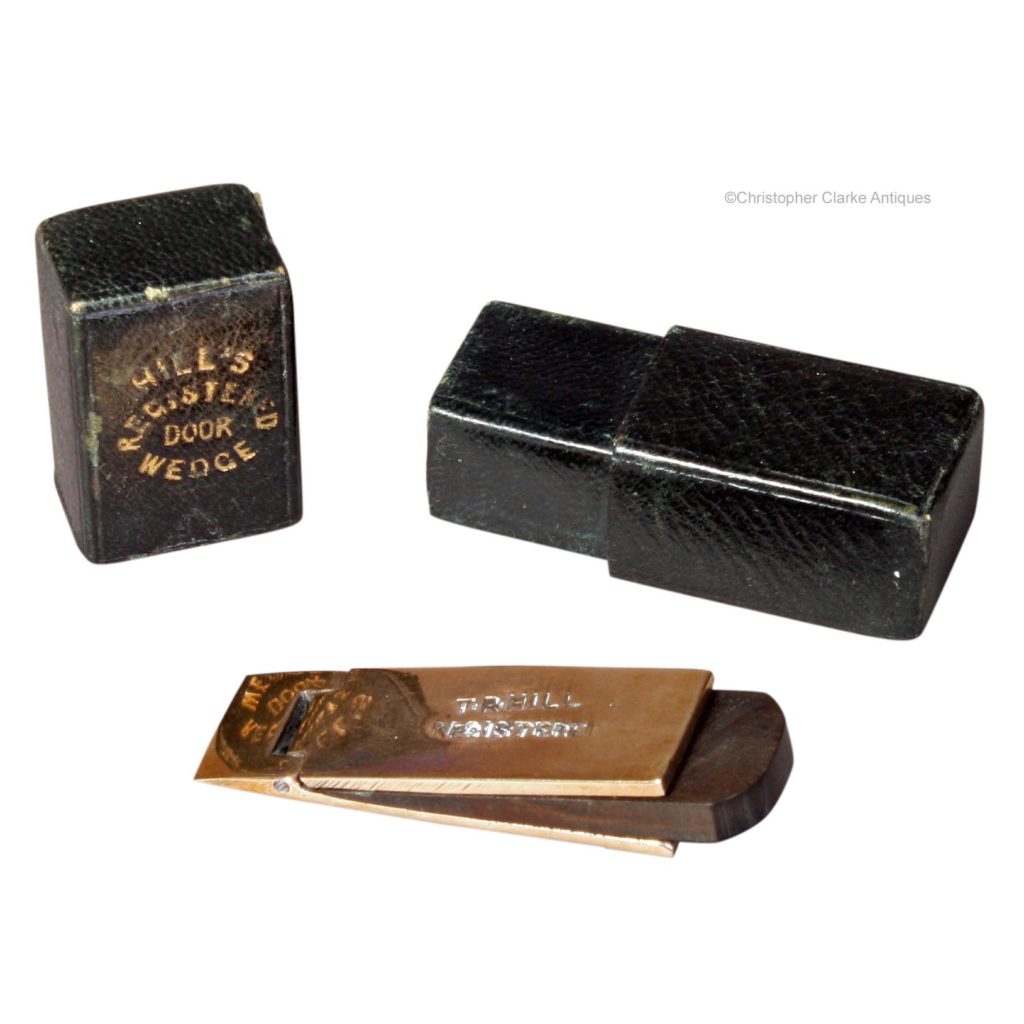
There is also a delightful variety of collapsible candle sticks. Simple yet practical designs where the dish forms the case.
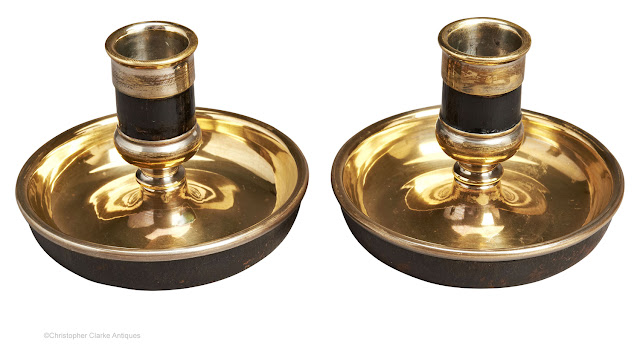
Finally, do you think campaign furniture has influenced any furniture designs today?
Absolutely. A classic example of good design that’s stood the test of time is the Fenby or Paragon chair. Basically, all modern chairs on beaches and in back gardens come from the Fenby design of the 1870s. Some of this design was born from practicality but it’s also influenced lots of Scandinavian designs such as the butterfly chair. The safari chair is also a copy of the Roorkhee campaign chair. Many of these pieces were cutting edge at the time and it’s gratifying to see that they are still part of the landscape of everyday life.
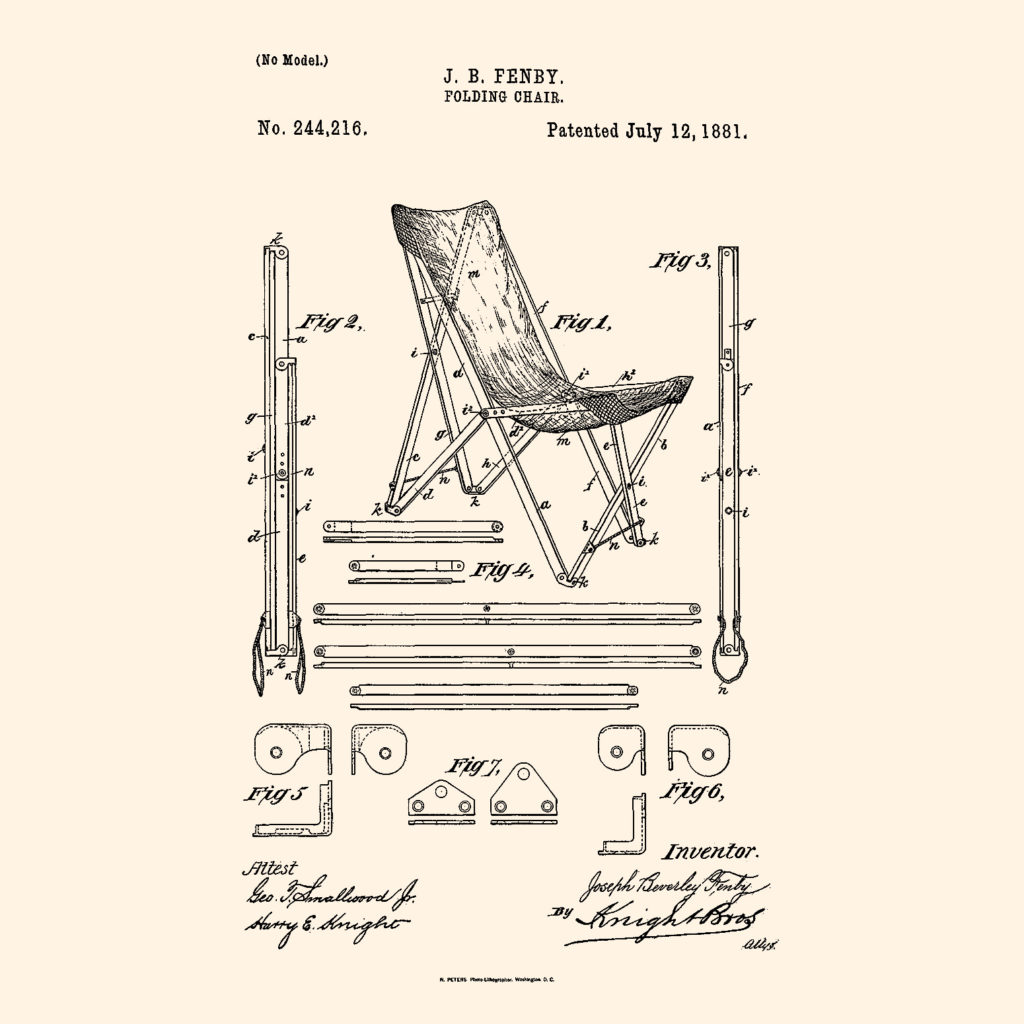
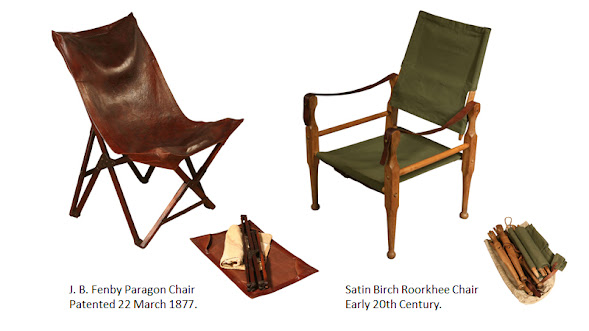
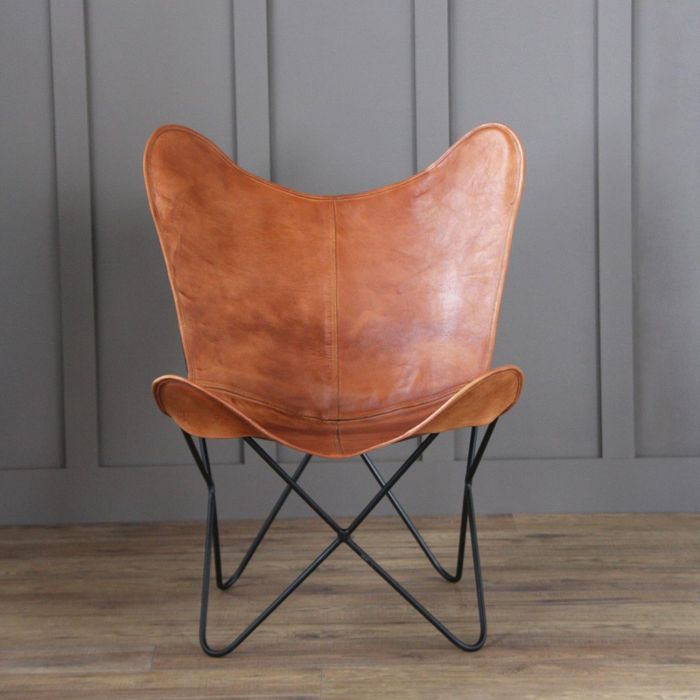
If you would like to find out more visit https://campaignfurniture.com